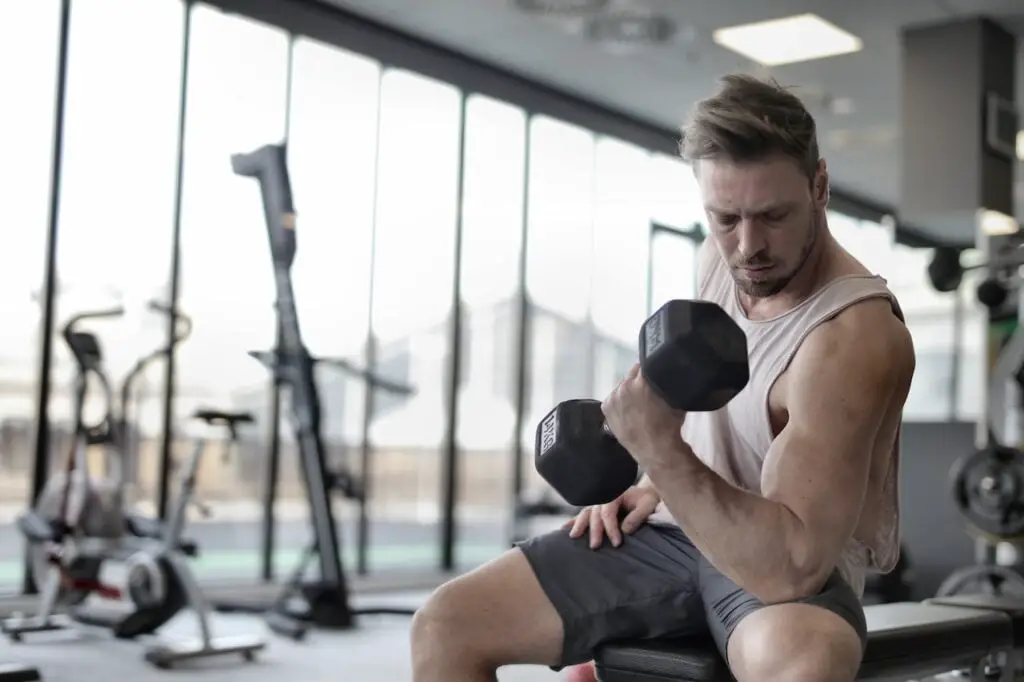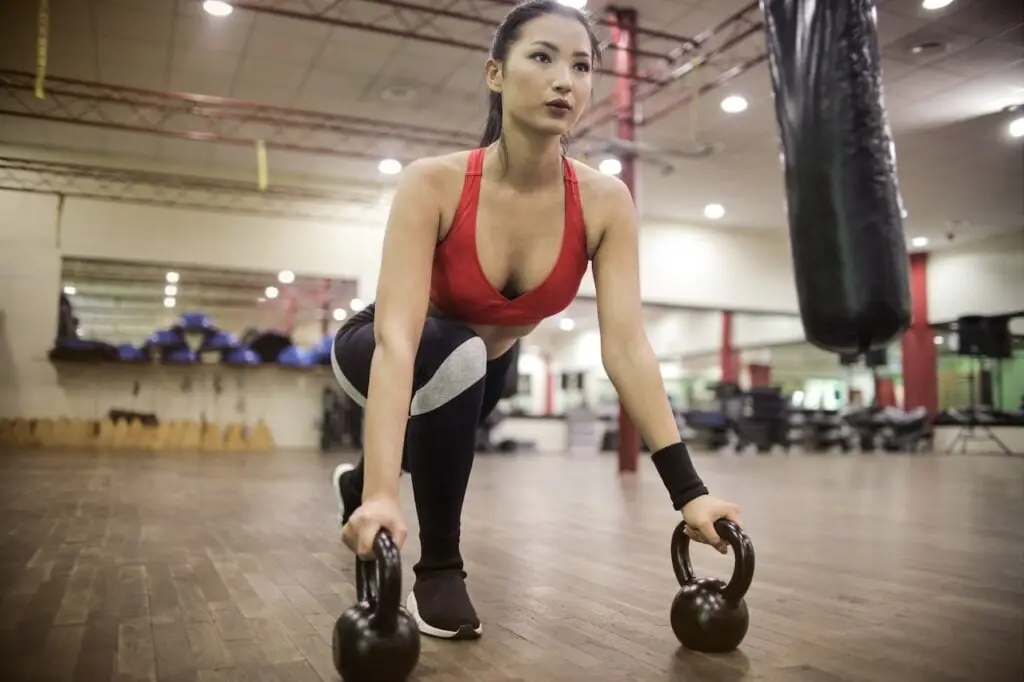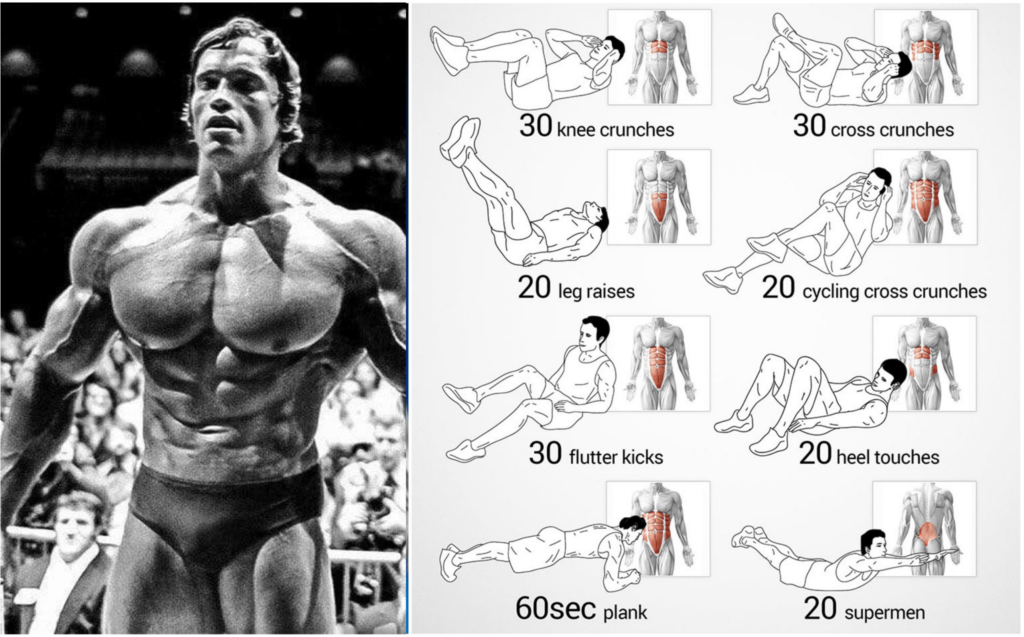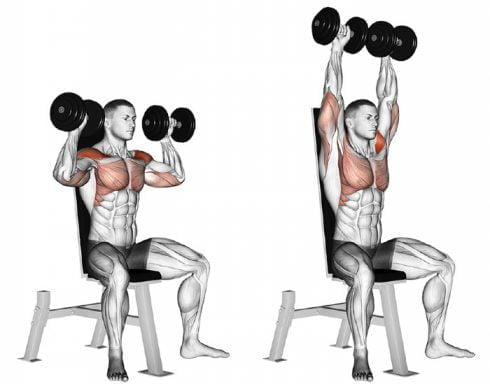Introduction
Strength training is a great way to improve your overall health and fitness. However, selecting the right equipment for your workouts can be a daunting task. With so many options available, it can be difficult to determine which equipment is best suited for your fitness goals.
In this ultimate guide, we will explore the benefits and drawbacks of three popular strength training equipment: dumbbells, barbells, and kettlebells. We will also provide tips on how to choose the equipment that is right for you based on your fitness goals, skill level, and personal preferences.
Overview of the benefits and drawbacks of dumbbells, barbells, and kettlebells
Dumbbells:
- Benefits: versatile, easy to use, suitable for both upper and lower body exercises, and available in a wide range of weights and sizes.
- Drawbacks: limited to isolated exercises, may require purchasing multiple sets of weights to progress in strength.
Barbells:
- Benefits: suitable for heavy lifting and compound movements, effective for building overall strength and muscle mass, and available in a wide range of weights.
- Drawbacks: may require more skill and technique to use safely and effectively, generally larger and heavier than dumbbells, and may not be suitable for beginners.
Kettlebells:
- Benefits: suitable for full-body workouts and improving functional fitness, the unique shape allows for dynamic movements, effective for improving coordination and balance.
- Drawbacks: may require more practice and coordination to use properly, limited weight options compared to dumbbells and barbells.
How to choose the equipment that’s right for you?
When choosing between dumbbells, barbells, and kettlebells, it is important to consider several factors, including your fitness goals, skill level, and personal preferences.
For example, if your goal is to build overall strength and muscle mass, barbells may be the best option for you. If you want to improve your functional fitness and coordination, kettlebells may be a better choice. If you are just starting out with strength training or prefer a more versatile option, dumbbells may be the way to go.
In the next sections of this guide, we will explore each type of equipment in more detail, including their benefits, drawbacks, and how to choose the right weight and size for your needs.
Dumbbells

What are dumbbells and how do they work?
Dumbbells are a type of strength training equipment that consists of a handlebar with a weighted ball on each end. They come in various sizes, shapes, and materials such as metal, rubber, or plastic. Dumbbells work by allowing you to lift weights in a controlled and targeted manner, targeting specific muscle groups for strength training.
Benefits of using dumbbells for strength training
Dumbbells offer several benefits for strength training. First, they are versatile and can be used for a wide range of exercises, including both upper and lower-body workouts. Second, they allow for isolated exercises that target specific muscle groups, which can be beneficial for addressing muscle imbalances or rehabilitation after an injury. Third, they are available in a wide range of weights, making them suitable for beginners and advanced lifters alike.
Exercises you can do with dumbbells
Dumbbells can be used for a wide range of exercises, including:
- Bicep curls – Bicep curls tone and strengthen the front of your upper arms
- Tricep extensions – Tricep extensions work the back of your upper arms
- Shoulder presses – Shoulder presses target your shoulders, upper back, and triceps
- Chest presses – Chest presses build chest and arm strength
- Flys – Flys target the chest and shoulders
- Rows – Rows strengthen your back muscles and improve posture
- Lunges – Lunges work your leg muscles, glutes, and core
- Squats – Squats engage your glutes, quads, and hamstrings
- Deadlifts – Deadlifts engage many muscles throughout the body, including your back, glutes, and legs
- And many more
How to choose the right weight and size of dumbbell?
When choosing the right weight and size of dumbbell, it is important to consider your fitness level and the exercises you will be doing. For beginners, starting with a lighter weight and gradually increasing as strength improves is recommended. It is also important to choose a weight that allows you to perform the exercise with proper form, without sacrificing technique or risking injury.
In terms of size, it is important to choose a dumbbell that fits comfortably in your hand and allows you to perform the exercise without straining your wrists or elbows.
Tips for safe and effective use of dumbbells
To use dumbbells safely and effectively, it is important to:
- Warm up properly before starting your workout
- Choose the right weight and size for your fitness level and the exercise you will be doing
- Use proper form and technique to avoid injury
- Start with a lower weight and gradually increase as your strength improves
- Avoid lifting weights that are too heavy, as this can lead to injury
- Take breaks between sets and exercises to allow for proper recovery
- Stretch and cool down after your workout.
Barbells

What are barbells and how do they work?
Barbells are long metal bars with weighted plates attached to either end. They are commonly used for strength training exercises such as squats, deadlifts, and bench presses. Barbells work by adding resistance to exercises, forcing the muscles to work harder to move the weight. This leads to increased strength and muscle growth over time.
Benefits of using barbells for strength training
There are several benefits of using barbells for strength training:
- They allow for heavy lifting, which can lead to increased muscle mass and strength gains.
- They are versatile and can be used for a variety of exercises.
- They allow for compound movements, which work for multiple muscle groups at once.
- They can improve bone density and joint health when used properly.
Exercises you can do with barbells
Some exercises you can do with barbells include:
- Squats – Strengthen your legs and core while improving overall lower body mobility.
- Deadlifts – Target multiple muscle groups including your glutes, hamstrings, lower back, and core.
- Bench press – Build upper body strength and improve your chest, shoulders, and triceps muscles.
- Overhead press – Focus on your shoulder muscles, and improve overall upper body strength and stability.
- Barbell rows – Improve your back muscles, posture, and overall upper body strength.
- Lunges – Work on your lower body muscles, including your quads, hamstrings, and glutes, while improving balance and coordination.
- Romanian deadlifts – Target your hamstrings and glutes, while improving your posture and lower back strength.
How to choose the right weight and size of the barbell?
When choosing a barbell, it is important to consider both the weight and the size. Most standard barbells weigh 45 pounds, but there are also smaller and larger barbells available. The size of the barbell will depend on your personal preferences and the exercises you plan to do.
To choose the right weight, start with a weight that you can comfortably lift for 8-12 reps with good form. As you progress in strength, you can increase your weight gradually. It is also important to use collars to secure the weights on the barbell to prevent them from slipping off during exercise.
Tips for safe and effective use of barbells
To use barbells safely and effectively, consider the following tips:
- Always warm up before lifting and start with a lighter weight to avoid injury.
- Use proper form and technique to avoid strain on the joints and muscles.
- Use collars to secure the weights on the barbell.
- Use a spotter for heavy lifting exercises to avoid injury.
- Progress slowly and increase weight gradually to avoid injury or overtraining.
- Consider consulting with a fitness professional to learn proper form and technique.
Kettlebells

What are kettlebells and how do they work?
Kettlebells are a type of strength training equipment that looks like a ball with a handle attached to the top. They originated in Russia and have been used for centuries in strength and conditioning training. Kettlebells work by engaging multiple muscle groups at once, making them a great option for full-body workouts. The unique shape of the kettlebell allows for dynamic movements that improve coordination, balance, and core strength.
Benefits of using kettlebells for strength training
Using kettlebells for strength training has many benefits, including:
- Improved functional fitness: Kettlebell exercises mimic real-life movements, making them great for improving functional fitness.
- Engages multiple muscle groups: Kettlebell exercises engage multiple muscle groups at once, making them a great option for full-body workouts.
- Improves coordination and balance: Kettlebell exercises require coordination and balance, which can improve overall fitness and athletic performance.
- Can be used for both strength and cardio workouts: Kettlebell exercises can be done in high-intensity intervals, making them a great option for both strength and cardio workouts.
Exercises you can do with kettlebells
There are many exercises you can do with kettlebells, including:
- Kettlebell swings – a dynamic exercise that targets the entire posterior chain and improves explosive power.
- Turkish get-ups – a full-body movement that enhances stability, mobility, and strength, as well as promotes coordination and balance.
- Goblet squats – a compound exercise that works the legs, glutes, core, and upper body, and improves posture and mobility.
- Single-arm rows – a unilateral exercise that strengthens the back, shoulders, and arms, and helps correct muscle imbalances.
- Kettlebell cleans and presses – a total-body movement that enhances power, strength, and endurance, and improves coordination and balance.
- Figure-eight swings – a dynamic exercise that targets the core, hips, and legs, and improves agility and cardiovascular fitness.
How to choose the right weight and size of kettlebell?
When choosing a kettlebell, it’s important to select the right weight and size for your fitness level and goals. A general rule of thumb is to start with a lighter weight and focus on proper technique before progressing to heavier weights.
As a beginner, it’s recommended to start with a weight that you can comfortably lift for 10-12 reps. The size of the kettlebell handle should also be taken into consideration, as it should be comfortable to grip with one or both hands.
Tips for safe and effective use of kettlebells
To use kettlebells safely and effectively, keep the following tips in mind:
- Focus on proper technique: Proper technique is essential to avoid injury and get the most out of your workouts. Consider taking a class or working with a trainer to learn proper techniques.
- Start with a lighter weight: As mentioned, starting with a lighter weight and focusing on proper technique is important for beginners.
- Use your legs, not your back: Kettlebell exercises should be initiated from the legs, not the back, to avoid injury.
- Use a full range of motion: Use a full range of motion for each exercise to get the most benefit and avoid injury.
- Always warm up and cool down: As with any exercise, warming up and cooling down are important to avoid injury and improve performance.
Which Strength Training Equipment is Right for You?
Factors to consider when choosing between dumbbells, barbells, and kettlebells
When choosing between dumbbells, barbells, and kettlebells, there are several factors to consider, including:
- Fitness goals: Each type of equipment is better suited for different fitness goals.
- Personal preferences: Personal preference and comfort can also play a role in choosing equipment.
- Budget: The cost of equipment can vary, with some types being more expensive than others.
- Space: The amount of space available for equipment can also play a role in choosing between different types.
Examples of fitness goals and which equipment might be best suited for each
- Building muscle mass: Barbells are great for building muscle mass, as they allow for heavier lifting and more progressive overload.
- Improving functional fitness: Kettlebells are great for improving functional fitness, as they allow for dynamic movements that mimic real-life activities.
- Toning and shaping muscles: Dumbbells are great for toning and shaping muscles, as they allow for a wide range of exercises that target specific muscle groups.
- Improving cardiovascular fitness: Kettlebells are great for improving cardiovascular fitness, as high-intensity kettlebell workouts can provide both strength and cardio benefits.
How to incorporate multiple types of equipment into your workouts
Incorporating multiple types of equipment into your workouts can help to provide variety and challenge your muscles in different ways. Here are some tips for incorporating multiple types of equipment:
- Alternate between different types of equipment for different exercises or sets.
- Use supersets or circuits that incorporate multiple types of equipment.
- Use different equipment for different muscle groups or exercises.
- Incorporate different equipment into different workouts throughout the week to keep your workouts varied and challenging.
Conclusion
In conclusion, choosing the right strength training equipment is essential for achieving your fitness goals. Dumbbells, barbells, and kettlebells all have their unique benefits and drawbacks, so it’s important to consider factors like your fitness goals, personal preferences, budget, and available space when selecting equipment.
Some key takeaways to remember include:
- Kettlebells are great for functional fitness and cardiovascular conditioning.
- Barbells are ideal for building muscle mass and progressive overload.
- Dumbbells are versatile and can be used for toning and shaping muscles.
It’s also important to note that you don’t have to limit yourself to one type of equipment. Incorporating multiple types of equipment can help keep your workouts varied and challenging. Don’t be afraid to experiment and try new things to find what works best for you and your body.
Remember, the key to achieving your fitness goals is consistency, hard work, and a commitment to continuous improvement. With the right equipment and mindset, you can make progress toward your goals and enjoy the many benefits of strength training.

Good day, and welcome to Fitthour. My name is Shubham Vijay, and I am a certified personal trainer and nutrition coach with 6 years of experience in the fitness industry. At Fitthour, we specialize in types of training, such as strength training, cardio, or HIIT, and our mission is to help clients achieve their fitness goals and improve their overall health.




